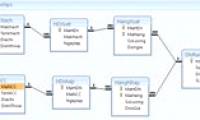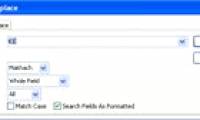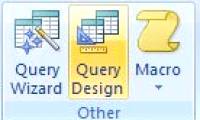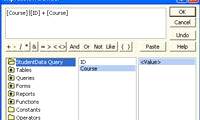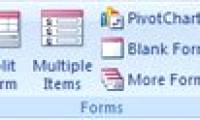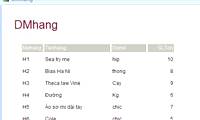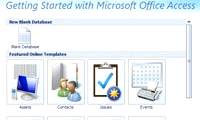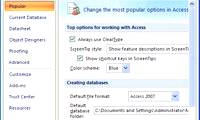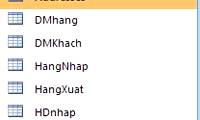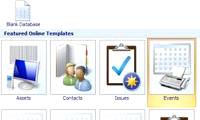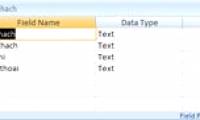Search results: microsoft access 2007

the relationship between tables is the data link between tables. by defining table relationships, you can drag records from related tables based on relational fields.

allow data to be displayed flexibly and according to your requirements. in this article, we introduce some basic ways to manage data for databases.

query allows you to select and filter data from multiple tables. queries can be saved and used anytime needed.

the calculation field is a field that receives its information from calculations performed on other fields.

forms allow you to control the interface of the data entry screen and the generated reports. in this article, we will show you how to create a form and view the form in access

reports (reports) are a way to view and analyze a large amount of data. you can use the report wizard or create an arbitrary report that you need.

after you create a report, you can print the report.

the microsoft office button (the yellow circle icon in the upper left corner) performs many functions that are located in the file menu in older access versions. this button

access 2007 provides a wide range of customizable options that allow you to work with access better.

objects in the database include tables, queries (queries), reports (reports), forms (forms), ...

you can create a new database from scratch or from the wizard database.

there are two ways to view tables in access and add data to the table: design view and datasheet view.

in table management, we can delete tables, rename, and create descriptions that match the content contained in the data table.

primary key is a unique identifier for a record. primary key cannot coexist on both records.
 the relationship between tables is the data link between tables. by defining table relationships, you can drag records from related tables based on relational fields.
the relationship between tables is the data link between tables. by defining table relationships, you can drag records from related tables based on relational fields. allow data to be displayed flexibly and according to your requirements. in this article, we introduce some basic ways to manage data for databases.
allow data to be displayed flexibly and according to your requirements. in this article, we introduce some basic ways to manage data for databases. query allows you to select and filter data from multiple tables. queries can be saved and used anytime needed.
query allows you to select and filter data from multiple tables. queries can be saved and used anytime needed. the calculation field is a field that receives its information from calculations performed on other fields.
the calculation field is a field that receives its information from calculations performed on other fields. forms allow you to control the interface of the data entry screen and the generated reports. in this article, we will show you how to create a form and view the form in access
forms allow you to control the interface of the data entry screen and the generated reports. in this article, we will show you how to create a form and view the form in access reports (reports) are a way to view and analyze a large amount of data. you can use the report wizard or create an arbitrary report that you need.
reports (reports) are a way to view and analyze a large amount of data. you can use the report wizard or create an arbitrary report that you need. after you create a report, you can print the report.
after you create a report, you can print the report. the microsoft office button (the yellow circle icon in the upper left corner) performs many functions that are located in the file menu in older access versions. this button
the microsoft office button (the yellow circle icon in the upper left corner) performs many functions that are located in the file menu in older access versions. this button access 2007 provides a wide range of customizable options that allow you to work with access better.
access 2007 provides a wide range of customizable options that allow you to work with access better. objects in the database include tables, queries (queries), reports (reports), forms (forms), ...
objects in the database include tables, queries (queries), reports (reports), forms (forms), ... you can create a new database from scratch or from the wizard database.
you can create a new database from scratch or from the wizard database. there are two ways to view tables in access and add data to the table: design view and datasheet view.
there are two ways to view tables in access and add data to the table: design view and datasheet view. in table management, we can delete tables, rename, and create descriptions that match the content contained in the data table.
in table management, we can delete tables, rename, and create descriptions that match the content contained in the data table. primary key is a unique identifier for a record. primary key cannot coexist on both records.
primary key is a unique identifier for a record. primary key cannot coexist on both records.